|
A few weeks ago my fellow food historian Niel De Marino gave a wonderful talk on Christopher Ludwick, an 18th century German immigrant to Philadelphia who ended up not only extremely successful, but also the baker general for the entire Continental Army. Niel also operates The Georgian Kitchen and is well-known for his impeccable attention to detail when he recreates historical recipes. Niel also teaches 18th century cooking at Historic Eastfield. For this talk, he baked not only give different gingerbreads, dating from the 1400s to the very late 19th century, he also baked stunning examples of molded gingerbreads. Although they were all delicious, my favorite was New York Gingerbread, and Niel was kind enough to share the recipes with everyone. So, when it came time to bake for a friend's housewarming gift (a very charming idea my husband came up with - salt, a broom, and bread), I immediately wanted to try my hand at the New York Gingerbread. Of course, I've recently been watching quite a bit of the Great British Baking Show, and this recipe felt a bit like one of their technical challenges - a classic, but with VERY sparse ingredients. The original recipe, which was published in the Dewey Cookbook in 1899, reads: 1 cup sugar 1 1/2 eggs 1 1/4 teaspoonfuls ginger 1/2 pint milk, half sweet, half sour 3/4 cup butter 1/4 teaspoonful salt 2 1/2 cups flour 1 teaspoonful soda Beat well together the sugar, butter, eggs, and salt. Add the balance of the ingredients and bake. New York Gingerbread (1899)I assembled my ingredients, but because who on earth knows how to add a half an egg, I doubled the recipe thusly AND added instructions, just for you lay-bakers. You'll also notice, that unlike typical gingerbread recipes, this one contains neither molasses nor spices other than ginger. It gives it a gentle heat and a nice purity of flavor. And despite 2 cups of sugar, it's not overly sweet. 2 cups sugar 1 1/2 cups butter (three sticks) 3 eggs 5 cups flour 1/2 teaspoon salt 2 1/2 teaspoons ground ginger 1 teaspoon baking soda 1 cup milk 1 cup buttermilk OR 1 tablespoon lemon juice topped off by milk to make 1 cup sour milk Preheat your oven to 350 F and lightly grease two standard loaf pans. Cream butter and sugar together until smooth, then beat in eggs. Add flour, salt, ginger, and baking soda and start to stir into the butter mixture. Then add the sweet milk and stir a little more, then the sour milk or buttermilk. Work quickly to stir everything together - the batter will be quite thick. Spoon into each loaf pan until the batter looks equal, then place in the hot oven and bake approximately 65 minutes or until the loaves are cooked through. Let cool in the pans for a few minutes, then tip out onto a cooling rack to finish cooling. Serve warm or room temperature plain or with with whipped cream. For a great deal of guesstimating, I think this turned out quite well! A couple of notes: one is that I didn't have enough white all-purpose flour to do the double bake, so I used about half spelt flour. Which likely accounts for the darker color than Niel's. In addition, my baking soda was over a year past its expiration date. Between the heavier flour and the slightly flat soda, I think that accounts for the denser texture than Niel's, which were quite fluffy, but still chewy. That being said, the flavor was almost identical, although you can taste the spelt flour a bit in mine. Final verdict? I would totally make this again. It's addictively subtle - just spicy and sweet enough that you want to keep eating it. The crust is a bit crunchy right now, which I like, but as it sits (I'm storing it in a gallon ziplock bag), the crust will get tender and a bit sticky. Much like banana bread, which this strongly resembles. Niel says he bakes this in loaf pans (like I did) and does two things: either he double bakes it to make rusks, or he makes a trifle with custard and (get this) LEMON CURD. He's such a genius, and I'm so grateful he shared this recipe! Also grateful I was able to make a pretty good version of my own. And, as always, if you liked this post, consider becoming a member or joining us on Patreon. Members and patrons get special perks like access to members-only content.
0 Comments
Your comment will be posted after it is approved.
Leave a Reply. |
AuthorSarah Wassberg Johnson has an MA in Public History from the University at Albany and studies early 20th century food history. Archives
July 2024
Categories
All
|
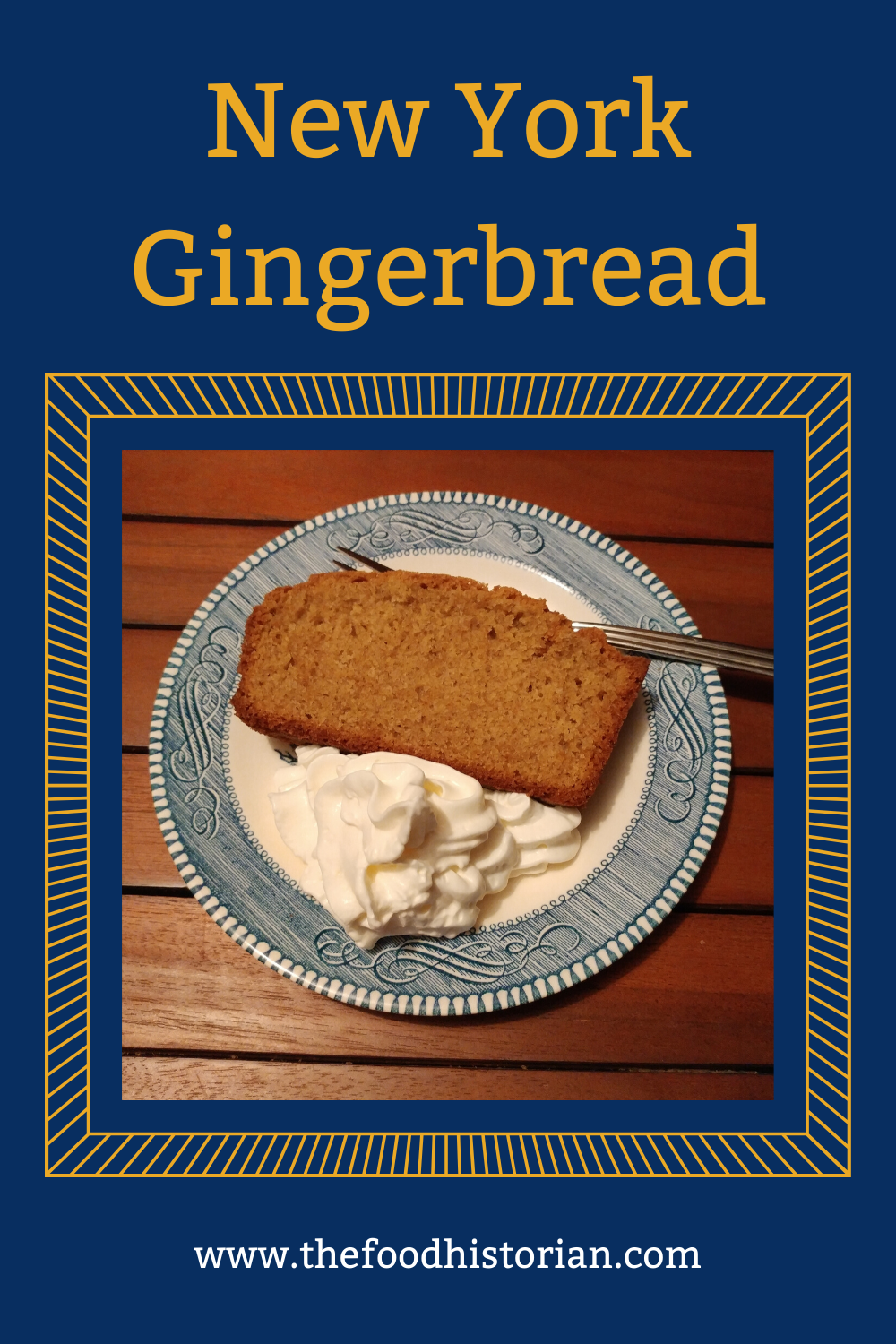
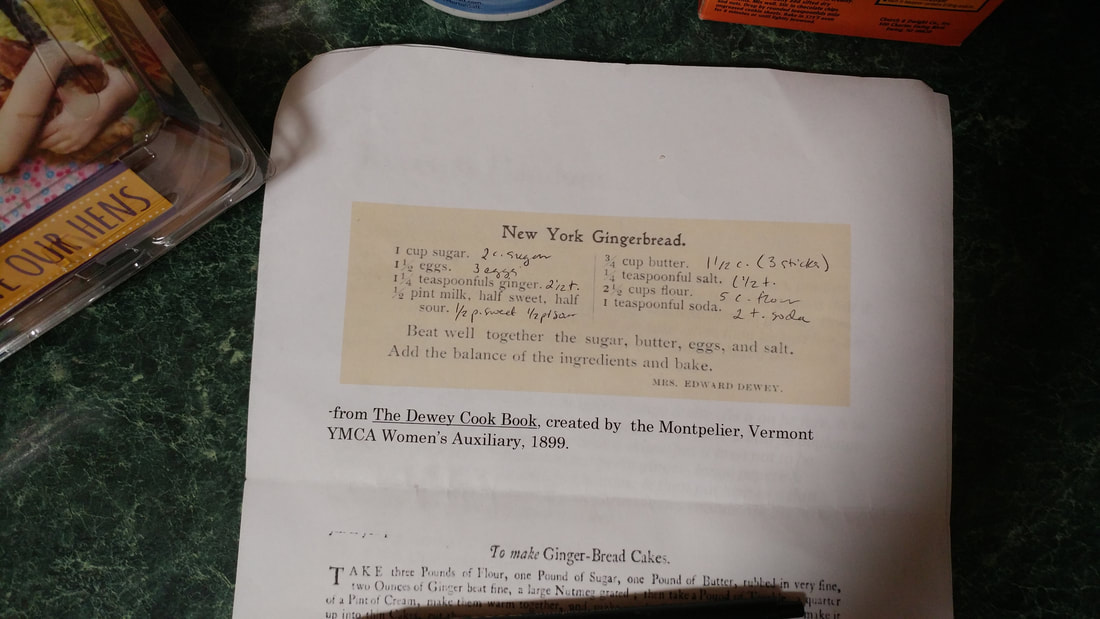
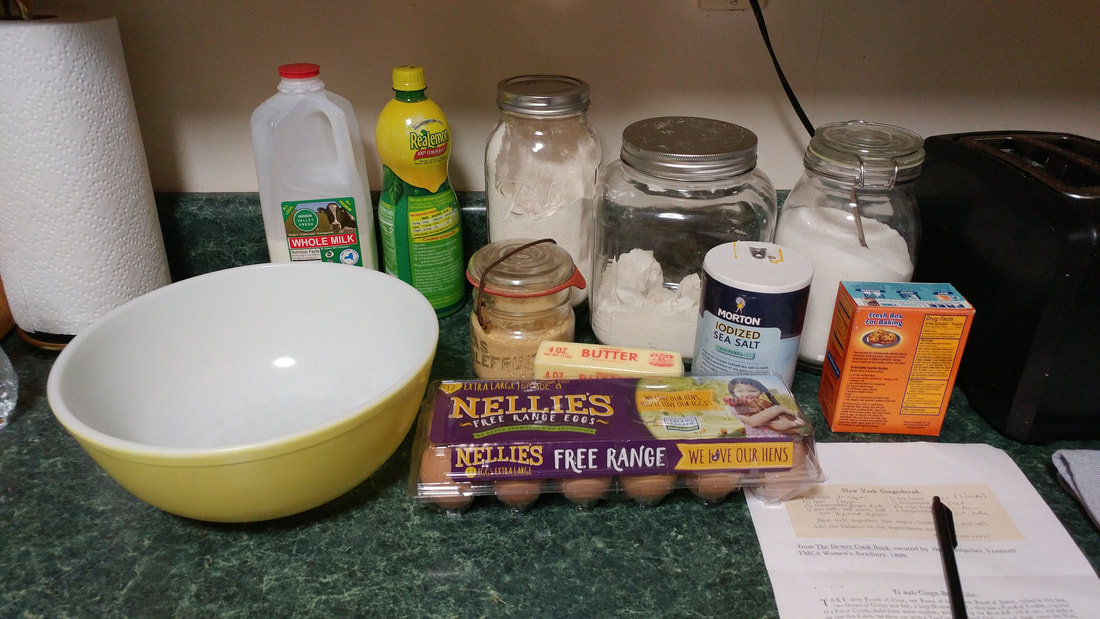

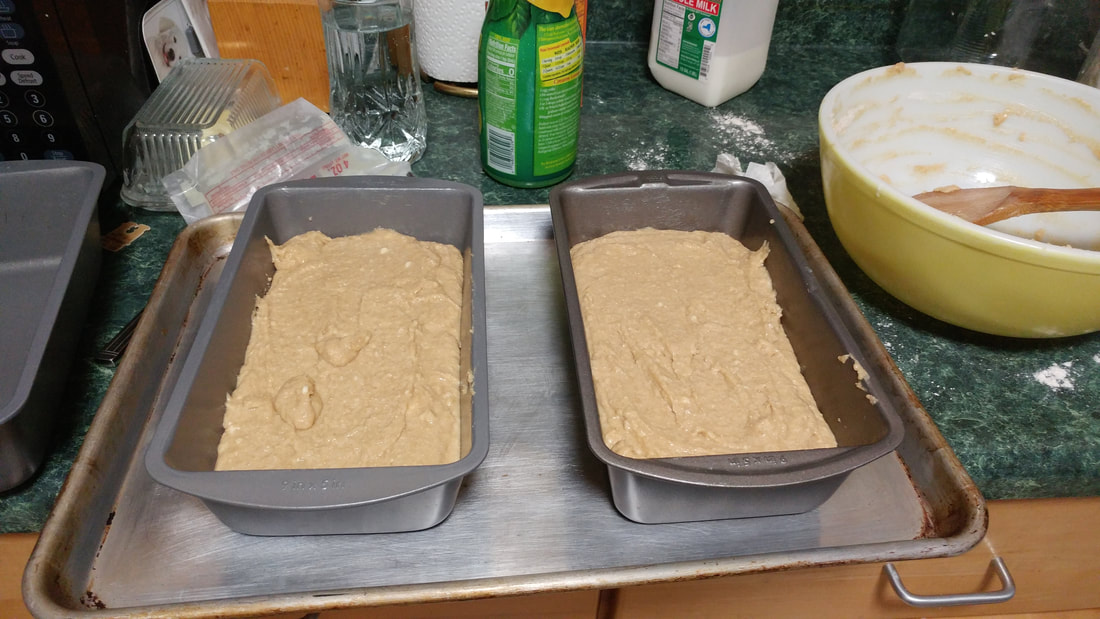
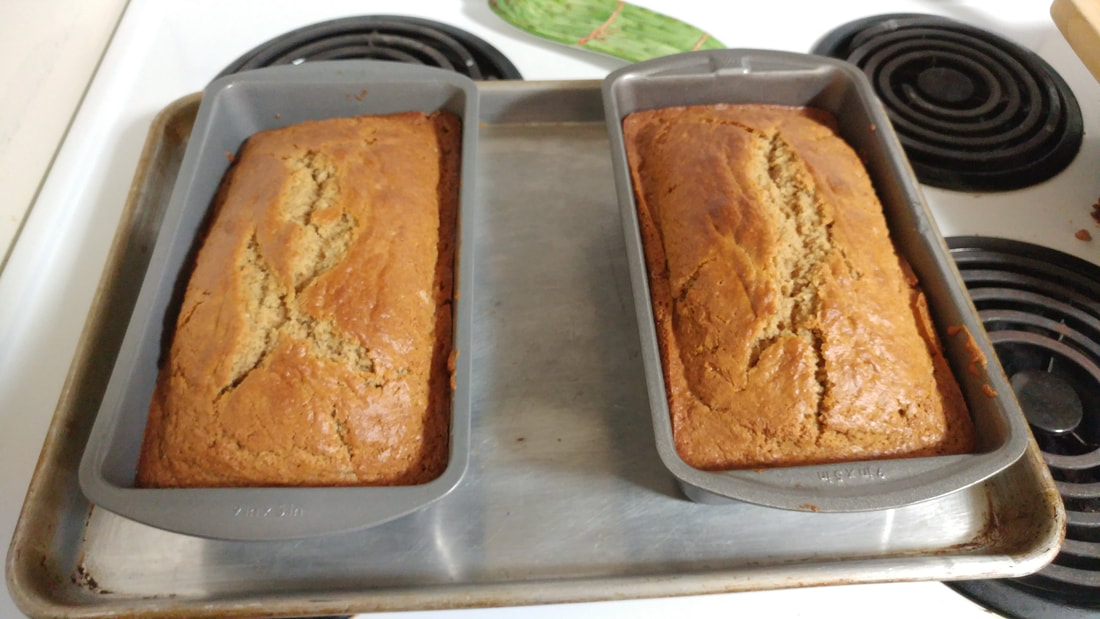
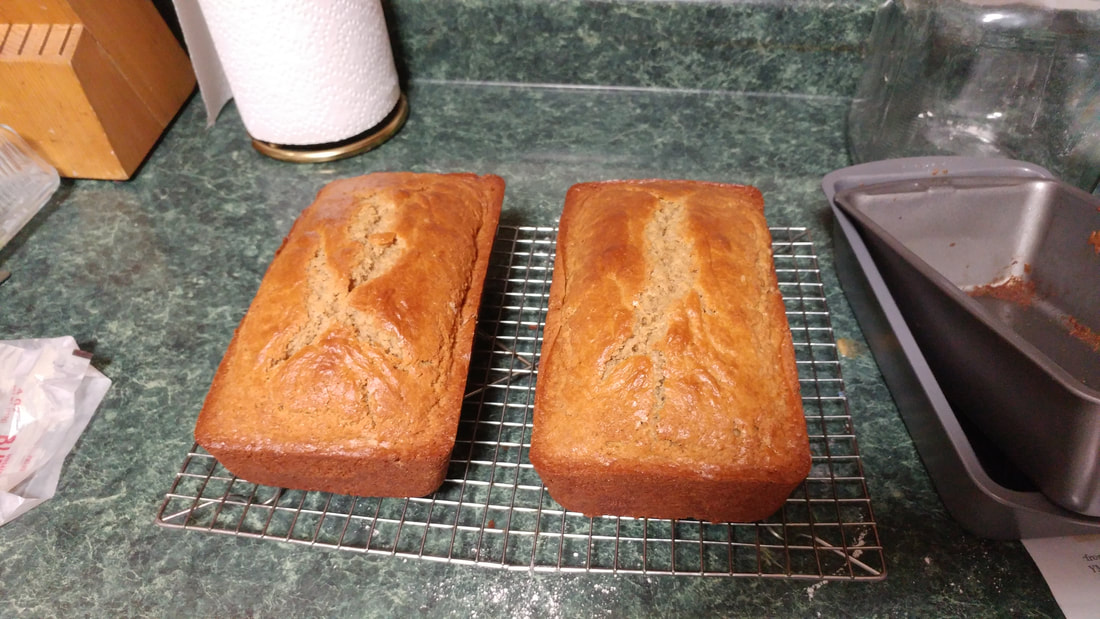
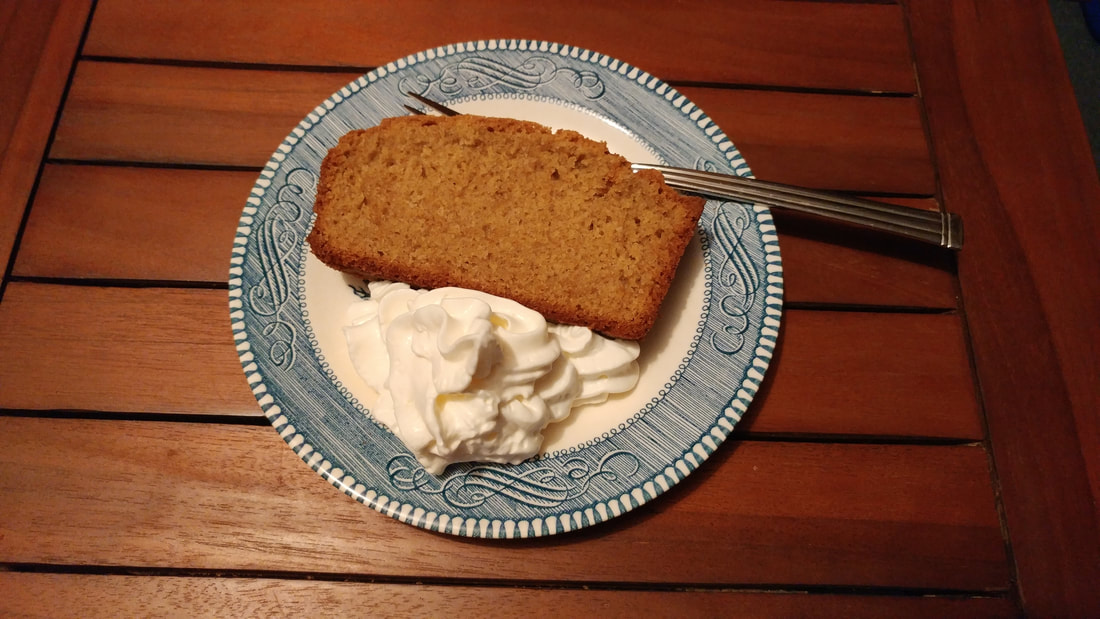

 RSS Feed
RSS Feed